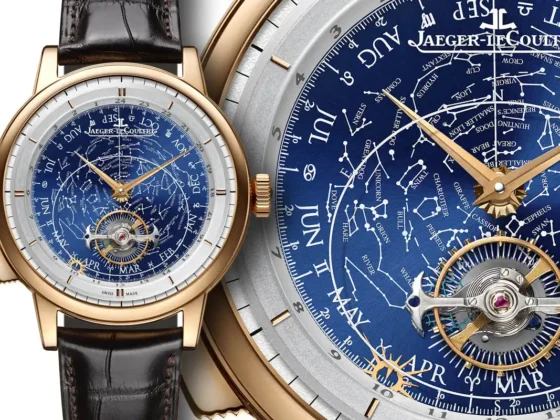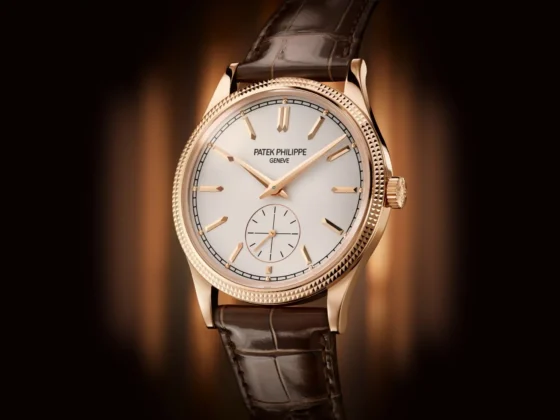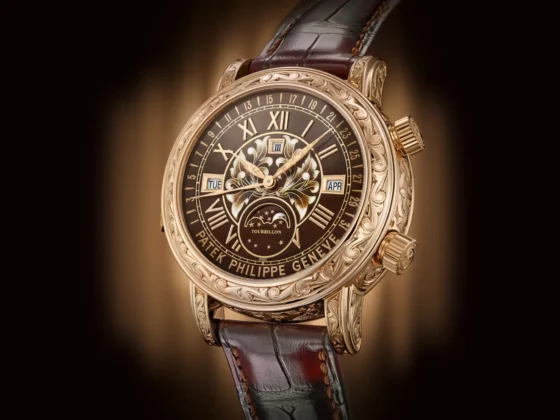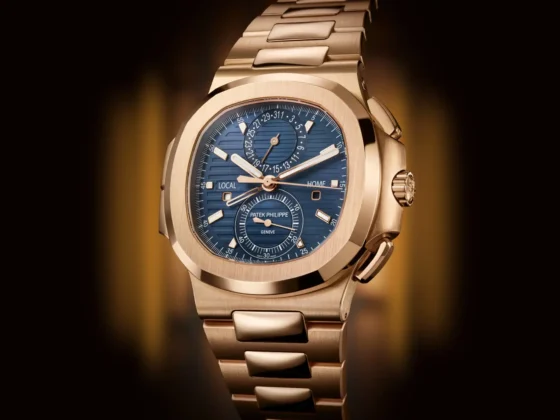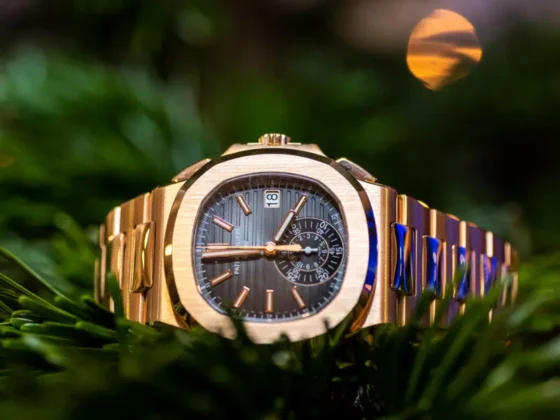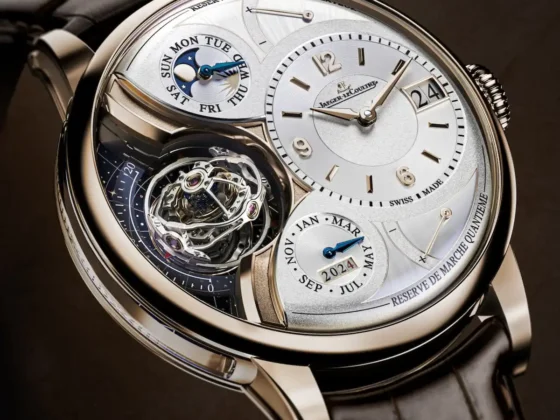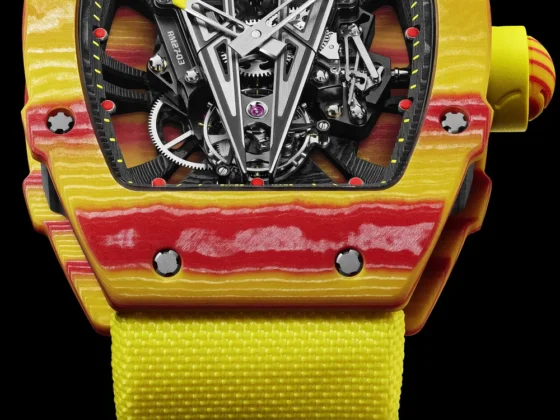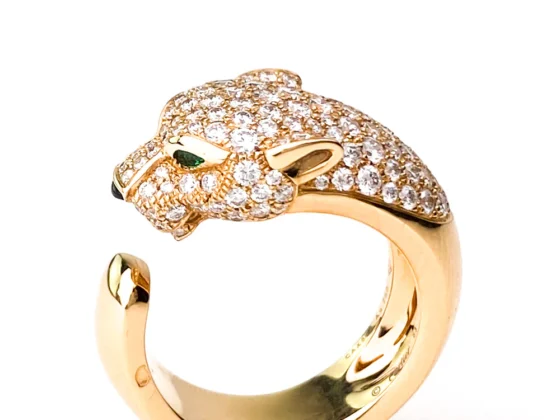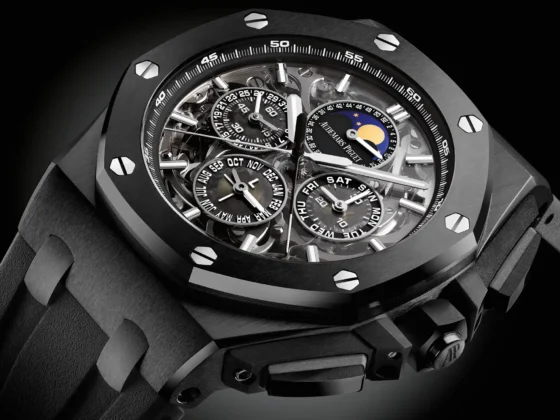Few timepieces in the world of haute horlogerie can claim the iconic status of the Jaeger-LeCoultre Reverso. First introduced in 1931, the Reverso is celebrated for its unique reversible case, initially designed to withstand the rigors of polo matches. Over the decades, the Reverso has evolved from a functional sports watch into a timeless symbol of elegance, technical mastery, and artistic craftsmanship. This article delves into the origins of the Reverso, its innovative design, and why it remains a cherished piece in the world of luxury watchmaking.
The Origins: A Timepiece for Polo Players
The story of the Jaeger-LeCoultre Reverso begins in British India in the early 1930s, where the game of polo was immensely popular among British officers. The sport, however, posed a significant challenge to wristwatches, which often became damaged during matches. To solve this issue, Swiss businessman César de Trey approached Jacques-David LeCoultre, the founder of Jaeger-LeCoultre, with a proposal: create a watch that could withstand the impacts of polo without compromising on elegance.
The result was the Reverso, a timepiece with a case that could be flipped over to protect the watch face. This ingenious design allowed the wearer to shield the delicate crystal and dial during polo matches, while still having a stylish and functional timepiece off the field. The Reverso’s reversible case, paired with its Art Deco-inspired rectangular design, became an instant classic.
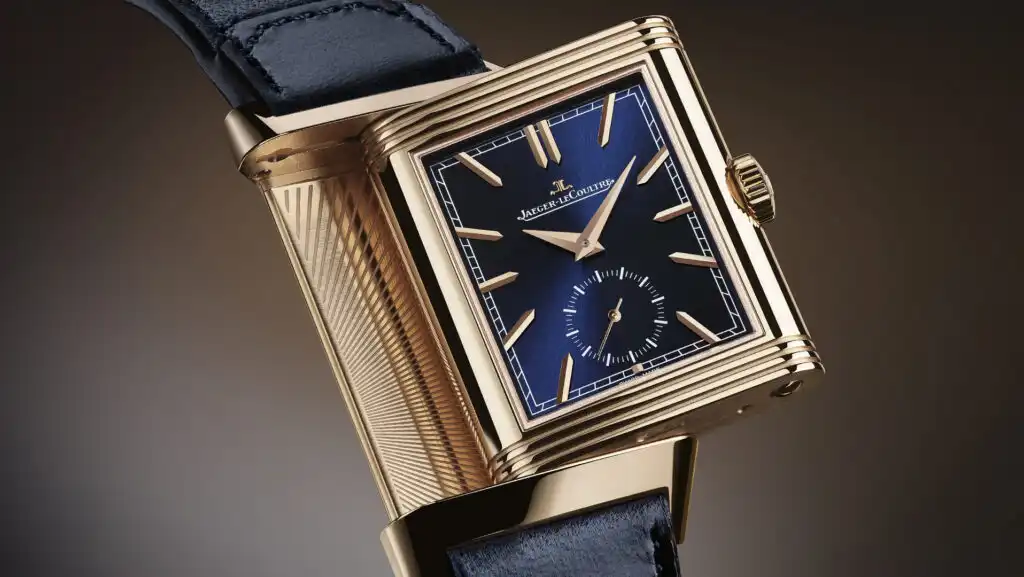
Design and Engineering: The Art of Reversibility
The Reverso’s design is as functional as it is aesthetically pleasing. The watch’s ability to reverse its case remains one of the most distinctive features in the world of luxury watches, setting it apart from traditional timepieces. The reversible case slides smoothly on its chassis, allowing the wearer to easily flip it to reveal a solid metal case back, which can be customized or engraved. This simple yet innovative feature was a groundbreaking achievement in the 1930s and remains a marvel of engineering to this day.
Over time, Jaeger-LeCoultre expanded the Reverso collection, incorporating various complications and artistic elements. The back of the case, once a simple metal surface, became a canvas for personalization, often featuring intricate engravings, miniature enamel paintings, or gemstone settings. This customization adds a personal touch to each Reverso, making it not just a watch, but a reflection of the wearer’s individuality.
From Sport to Style: The Evolution of the Reverso
Though originally designed for sports, the Reverso quickly transcended its athletic origins to become a symbol of elegance and refinement. Its rectangular case and clean, geometric lines were a perfect fit for the Art Deco era, and its minimalist dial—with baton hour markers and a small seconds subdial—exuded understated luxury.
In the 1990s, the Reverso experienced a renaissance. Jaeger-LeCoultre introduced new variations of the watch, incorporating more complications, such as dual time zones, moon phases, and even tourbillons. The introduction of the Reverso Duoface, which featured two dials on either side of the case, allowed wearers to switch between two time zones or two completely different looks, further solidifying the Reverso’s reputation as a watch for both functionality and style.
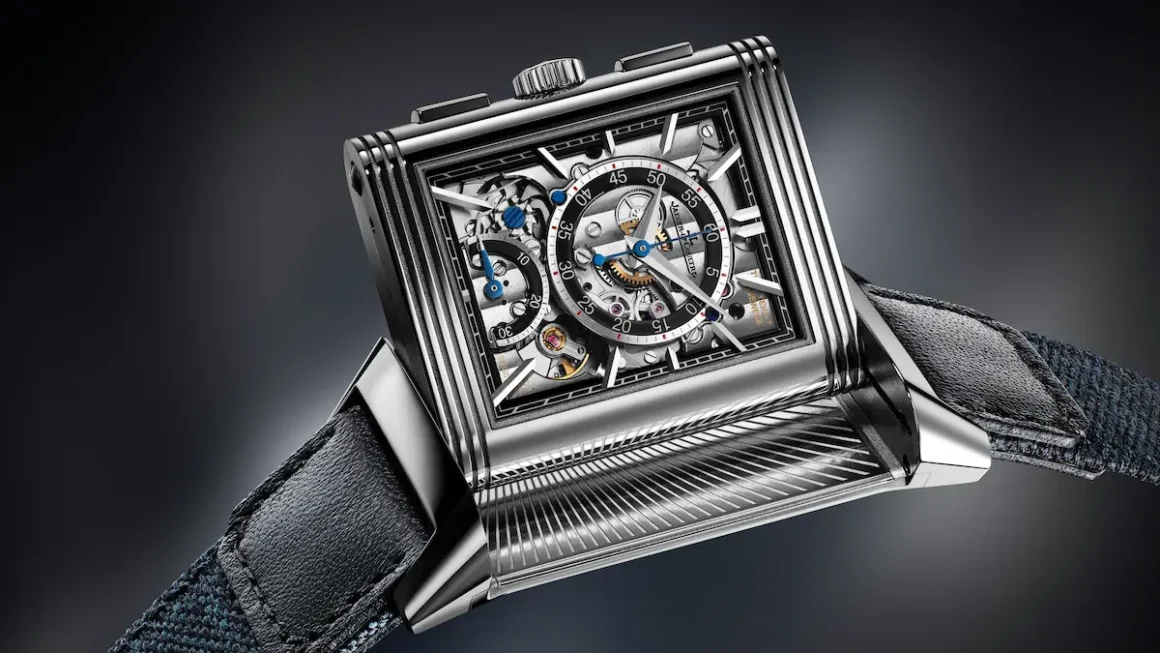
Iconic Models: Reverso Through the Decades
Over the years, the Reverso has seen numerous iterations, each reflecting Jaeger-LeCoultre’s commitment to innovation, while maintaining the essence of the original design. Some of the most notable Reverso models include:
- Reverso Classic: Staying true to the original design, the Reverso Classic features the clean, minimalist lines that first made the watch famous. Available in various sizes and materials, this model is ideal for those seeking a timeless and elegant timepiece.
- Reverso Duoface: The Duoface offers two dials—one on each side of the case—allowing the wearer to display two time zones or switch between a formal and casual look. This dual-purpose design showcases Jaeger-LeCoultre’s innovative approach to horology.
- Reverso Tribute: The Tribute collection pays homage to the early models of the Reverso, featuring vintage-inspired dials and finishes. These pieces are designed for collectors who appreciate the heritage of the original design while still wanting modern craftsmanship.
- Reverso Gyrotourbillon: For those who appreciate complications, the Reverso Gyrotourbillon combines the reversible case with one of the most complex horological feats—a multi-axis tourbillon. This model exemplifies Jaeger-LeCoultre’s mastery in both engineering and design.
Reverso as a Canvas: Personalization and Artistic Expression
One of the most distinctive aspects of the Reverso is its potential for personalization. The blank canvas on the reverse side of the watch offers endless possibilities for customization, making each piece unique to its owner. Whether it’s an engraved family crest, a personal message, or an intricate enamel painting, the back of the Reverso allows wearers to create a deeply personal connection with their timepiece.
In recent years, Jaeger-LeCoultre has also collaborated with renowned artists and designers to create limited-edition Reverso models that push the boundaries of artistry in watchmaking. For example, the Reverso Tribute Enamel collection showcases hand-painted miniatures on the back of the case, while the Reverso à Eclipse features hidden artwork that can be revealed by opening a set of shutters on the dial.
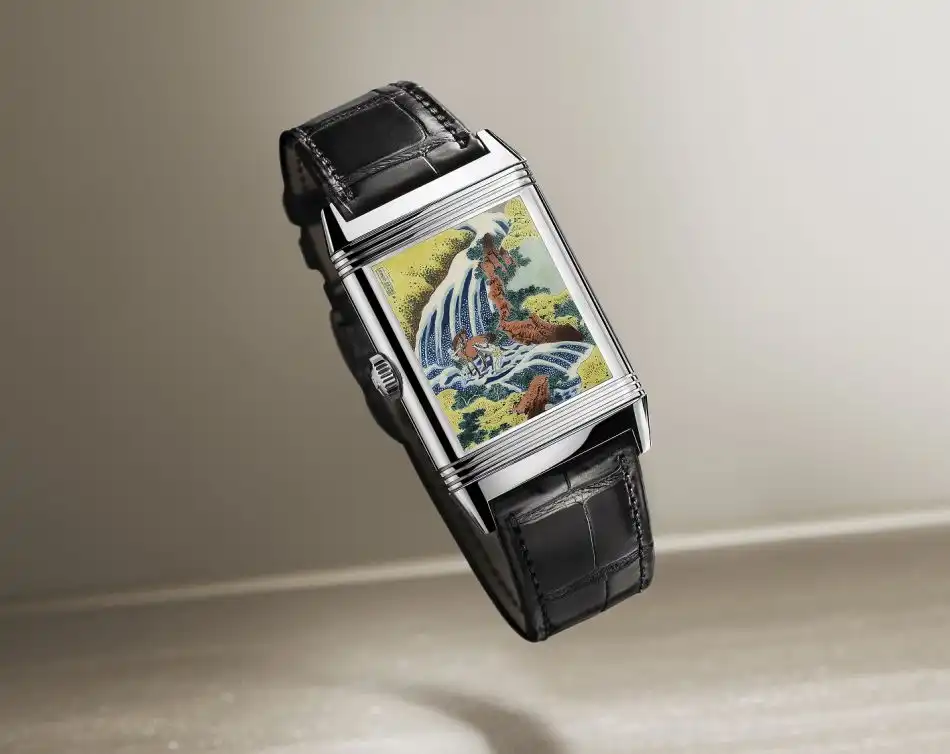
The Reverso’s Cultural Impact: A Symbol of Timeless Elegance
The Reverso has become much more than just a watch—it is a cultural icon. Its association with elegance, refinement, and innovation has made it a favorite among collectors, celebrities, and royalty. The Reverso’s timeless design and versatile nature have made it a staple in both formal and casual settings, worn by everyone from polo players to movie stars.
Some famous Reverso wearers include:
- Amelia Earhart: The pioneering aviator was known to wear a Reverso during her record-breaking flights, further cementing the watch’s association with adventure and precision.
- Christian Bale: In the 2012 film The Dark Knight Rises, Bale’s character, Bruce Wayne, wore a Jaeger-LeCoultre Reverso, aligning the watch with the sophistication and intelligence of the iconic character.
The Reverso’s place in popular culture is a testament to its enduring appeal, showing that a watch designed nearly a century ago can remain relevant and highly coveted today.
Why the Reverso Endures: A Blend of Tradition and Innovation
What sets the Reverso apart from other luxury watches is its perfect blend of tradition and innovation. Jaeger-LeCoultre’s commitment to preserving the original design while constantly pushing the boundaries of what is possible in watchmaking has ensured the Reverso’s place in horological history. Whether through the introduction of new complications or the incorporation of artistic elements, Jaeger-LeCoultre has ensured that the Reverso remains a symbol of technical mastery and refined elegance.
The Reverso’s ability to evolve with the times while staying true to its original purpose is a key reason why it continues to captivate collectors and watch enthusiasts. Its reversible case, minimalist design, and endless customization options make it a watch that is both timeless and unique.
Conclusion: The Reverso’s Legacy in Haute Horlogerie
The Jaeger-LeCoultre Reverso is more than just a watch; it is a symbol of innovation, craftsmanship, and elegance that has stood the test of time. From its origins on the polo fields of British India to its status as a cultural icon, the Reverso has remained at the forefront of luxury watchmaking for nearly a century. Its unique design, combined with Jaeger-LeCoultre’s commitment to innovation, ensures that the Reverso will continue to be a cherished piece for collectors and enthusiasts for generations to come.



